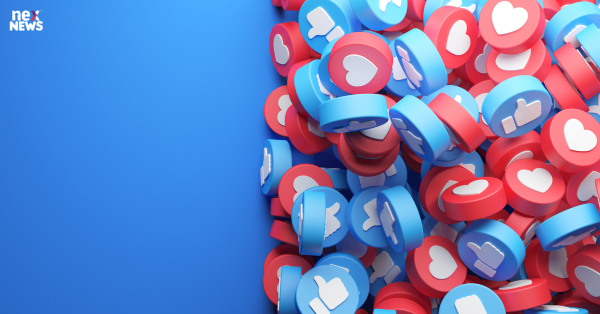The way social media affects what we think is beautiful and how we see our bodies is becoming a bigger worry in the United States and across the globe.
With Instagram, TikTok, and YouTube getting more popular, those who share beauty tips and create content have become powerful figures. They shape trends, advertise products, and set standards for beauty that can really affect how we feel about our bodies and how we look.
Influence of Social Media on Beauty Expectations
Social media has shaped a space where beauty ideals are always changing, influenced by popular figures who promote them.
Consider Kim Kardashian, with a massive Instagram following exceeding 200 million. She's recognized for popularizing the "contouring" makeup method, which plays with different shades to highlight cheekbones and create a slender face appearance.
Many beauty influencers have embraced this trend, establishing an ideal that prioritizes a defined, angular appearance.
However, these ideals can be challenging for most people to achieve, causing feelings of not measuring up and low confidence. A survey by the American Psychological Association revealed that over half of US teenage girls feel pressured to be slim, and 75% feel they are judged based on their looks.
Social media intensifies these pressures by bombarding users with images of flawlessly edited bodies and faces, adhering to unrealistic beauty standards.
Body Positivity and Challenging Unrealistic Standards
In response to these pressures, a growing group of body positivity influencers and activists is standing up against the unrealistic beauty standards that traditional media and social media often promote. These influencers are all about promoting self-acceptance and self-love. They want their followers to embrace their bodies and reject the idea that they must fit into a specific beauty mold.
Let's take Megan Jayne Crabbe, a body positivity influencer with over 1.5 million followers on Instagram, as an example. She uses her platform to encourage body acceptance and challenge the belief that there's a "right" way to look. Crabbe shares pictures of herself in different poses and outfits, showcasing the variety of body shapes and sizes in the world. She also speaks out against harmful diet culture, urging her followers to prioritize their mental and physical health instead of focusing solely on their appearance.
Significance of Brands in Encouraging a Positive Body Image
As we talk more about how we see our bodies, some companies are starting to pay attention and change how they talk about things.
Take Aerie, a clothing brand linked to American Eagle Outfitters. In 2014, they kicked off a campaign showing real, unaltered pictures of models with different body shapes. People loved it, and Aerie's sales went up by 20% in the year that followed.
Other companies are also working to support a positive body image. Dove, for example, began its "Real Beauty" campaign in 2004. The ads featured women of various ages, shapes, and sizes, breaking away from traditional beauty norms. The campaign earned widespread praise for presenting a more inclusive idea of beauty.
The impact of social media on beauty standards and how we feel about our bodies is a complicated, ongoing issue in the United States and worldwide. While social media can sometimes show unrealistic beauty standards and make people feel like they need to fit in, it also gives a platform for influencers and brands to promote a broader and more inclusive view of beauty.
As we keep talking about body image, it's crucial for both individuals and brands to think about how their words and actions affect the way people see themselves and their bodies.
